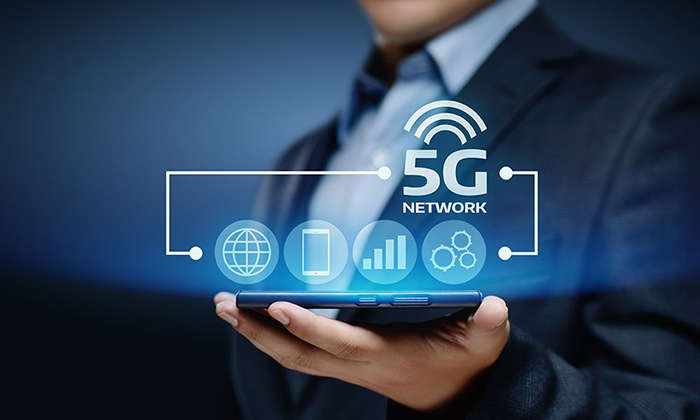It is looking like the big trend for 2021 in cellular is going to be “mid-band” 5G. Really, it’s going to take until ’22 or ’23 before you can really take advantage of this tech in most cases. That makes this a perfect time to talk about the way this is going to impact your life.
First, the two types of 5G you know about
As we stand in ’21, there are two different implementations of 5G. If you bought a 5G phone in the past year, it’s going to use one of these two.
Low-band 5G
The most common form of 5G is low-band 5G. This is 5G service that uses the same cellular frequencies that have been used for cellular for the last decade. In addition to the commonly used 700 and 850MHz frequencies, some carriers have started using spectrum at 600MHz, which was previously used for television broadcasting.
Low-band 5G is the most common form of 5G service. It uses existing cell towers and it’s possible to keep towers spaced about a mile apart and still get good service.
However, low-band 5G doesn’t necessarily promise better speeds than current LTE service and sometimes causes issues with battery life.
Millimeter-wave 5G
Millimeter wave 5G uses frequencies over 26GHz. This allows for a massive improvement in speed and lowers congestion. There’s plenty of room for expansion in that frequency range, too. Lower frequencies have a lot of congestion and this tends to cut data speeds. It’s possible using millimeter-wave 5G to get speeds of 1Gbps or higher. This will let you download full-length movies in a matter of seconds.
The big problem with millimeter-wave 5G is that you need towers that are much more closely spaced. Depending on who you ask, they will tell you that you’ll need towers spaced between 50 and 500 feet apart. Even if you accept that 500-foot number, that means you need 100 times the number of towers to serve the same area. Carriers aren’t likely to want to spend this kind of money in suburban and rural areas, and homeowners don’t want to see these towers all over the place.
And now, mid-band 5G
Technically, mid-band 5G is any 5G service that broadcasts on frequencies from 1GHz to 4GHz. This frequency range has almost the same range as low-band 5G but also has a lot more capacity. This means that you will be able to see some of those faster speeds. There should be less congestion too.
The FCC is finalizing a new auction that will give the major carriers access to more mid-band 5G. There’s a big demand for cell service and mid-band 5G is a big part of the strategy for delivering that.
The problem right now is that mid-band 5G is still a few years away. You should expect the first Androids with true mid-band 5G support to come out in late ’22 or early ’23, and of course Apple will lag behind with their support for it. Expect the iPhone 14 (or whatever they call it) to support mid-band 5G.
It’s all good now, and better in the future
5G is here now and you should definitely not put off getting a new phone to wait for mid-band 5G. Today’s 5G is blazing fast and because of the events of 2020, it’s still got a lot of unused capacity. If you’re ready for a new phone that will bring you everything you could want, call the experts at Signal Connect. The number is 888-233-7563, or if it’s after East Coast business hours, fill out the form below. We’ll get back to you, usually within two business days.





